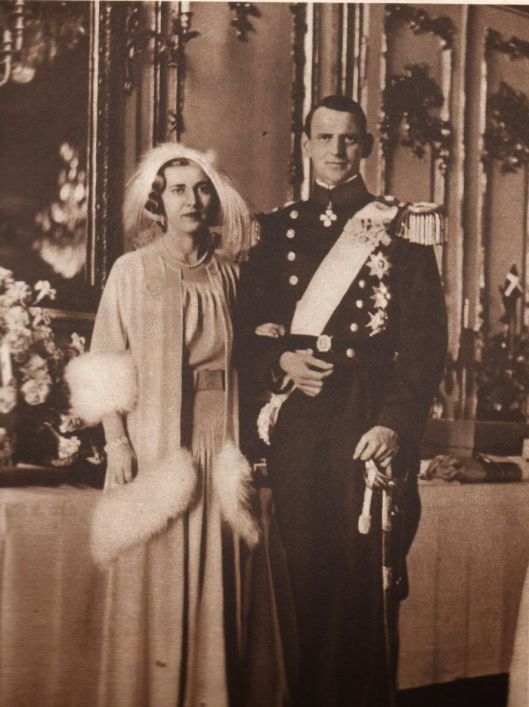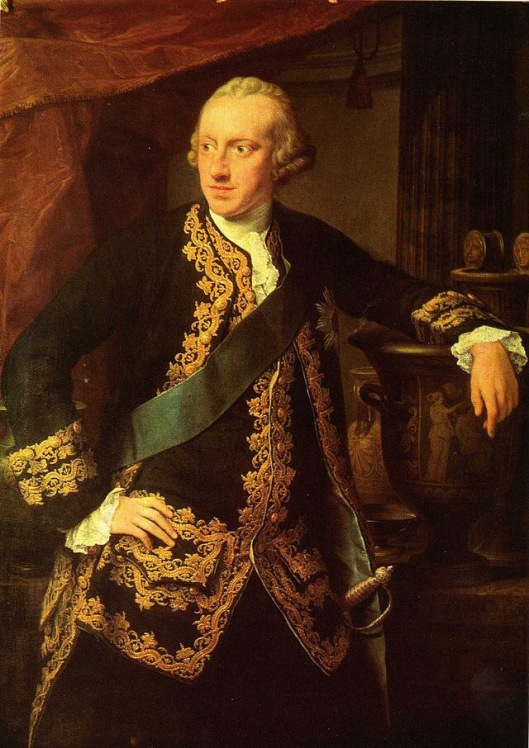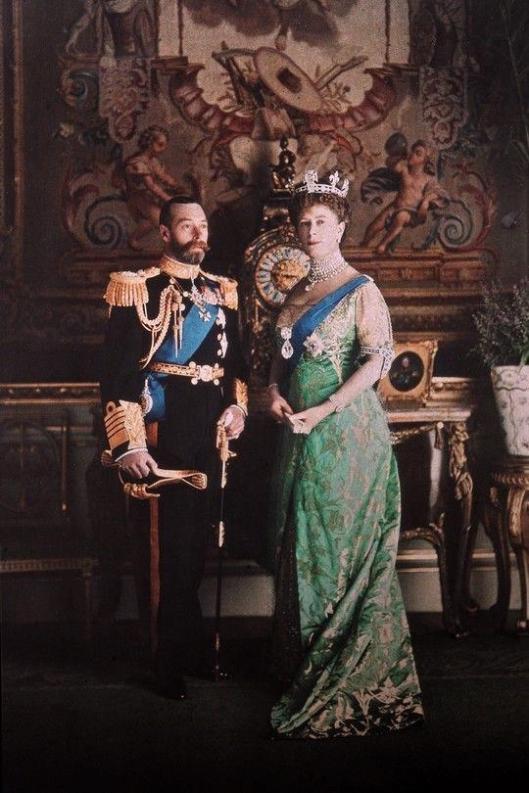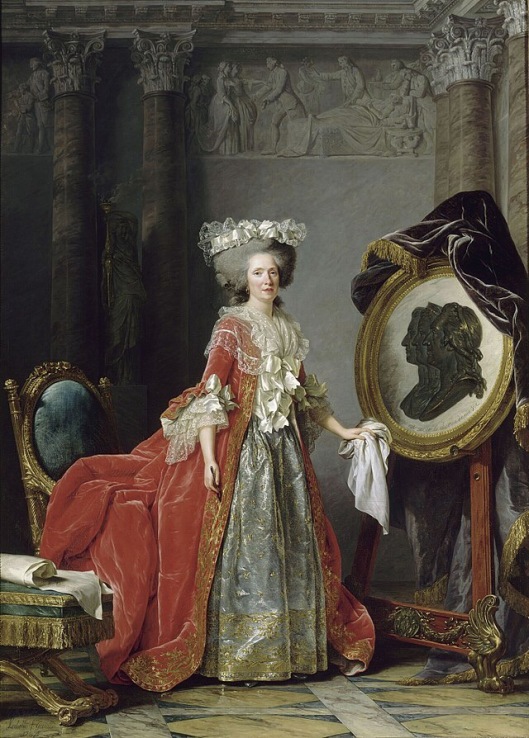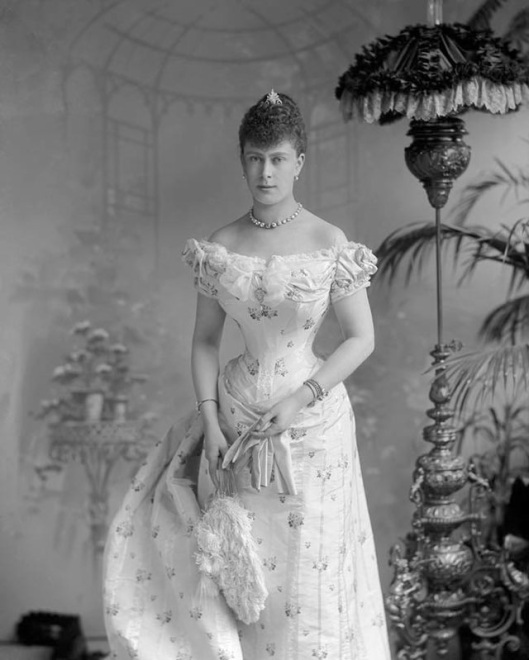Tags
Augustus Wilhelm of Prussia, Elisabeth Christine Of Brunswick-Wolfenbüttel, Frederick the Great, Frederik V of Denmark, House of Saxe-Coburg-Gotha, Juliana Maria of Brunswick-Wolfenbüttel, Louise of Brunswick-Wolfenbüttel, Ludwig-Ernst of Brunswick-Lüneburg
I recently examined the family of Charles Wilhelm Ferdinand of Brunswick-Lüneburg. Today I’d like to examine his uncle, Ludwig-Ernst of Brunswick-Lüneburg-Bevern. Specifically I will be examining how he was connected to many other Royal house throughout Europe.
Ludwig-Ernst of Brunswick-Lüneburg-Bevern. (September 25, 1718 – May 12, 1788) was a field-marshal in the armies of the Holy Roman Empire and the Dutch Republic, the elected Duke of Courland. From 1750 to 1766 he was the Captain-General of the Netherlands, where he was known as the Duke of Brunswick or (to distinguish him from his eldest brother Charles, who succeeded to their father’s title of Duke of Brunswick-Lüneburg) Duke of Brunswick-Wolfenbüttel. Another brother was Duke Ferdinand of Brunswick who led the Allied Anglo-German army during the Seven Years’ War.

Ludwig-Ernst of Brunswick-Lüneburg-Bevern
Ludwig-Ernst of Brunswick-Lüneburg-Bevern was the third son of Ferdinand Albert II, Duke of Brunswick-Lüneburg, and his wife, Antoinette Amalie of Brunswick-Lüneburg, youngest daughter of his first cousin Ludwig Rudolph, Duke of Brunswick-Lüneburg and his wife Princess Christine Louise of Oettingen-Oettingen, the couple were wed on October 15, 1712.
As mentioned, he had family ties with various European royal houses. Ludwig-Ernst’s eldest sister, Elisabeth Christine, was the wife of Friedrich II the Great of Prussia, they had no children. Another sister, Louise, was married to August-Wilhelm of Prussia, the brother of Friedrich II the Great. They did have children and their son, Friedrich Wilhelm, would inherit the Prussian crown as King Friedrich Wilhelm II and they were the ancestors of all the subsequent Kings of Prussia and German Emperors.

Elisabeth Christine of Brunswick-Wolfenbüttel

Friedrich II the Great of Prussia
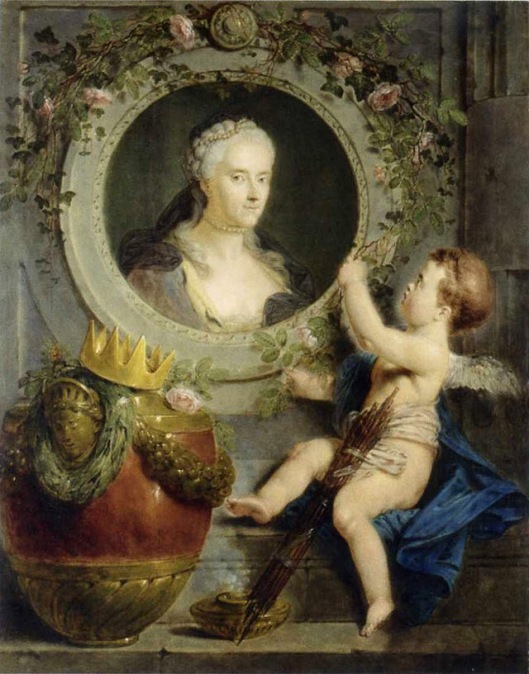
Louise of Brunswick-Wolfenbüttel
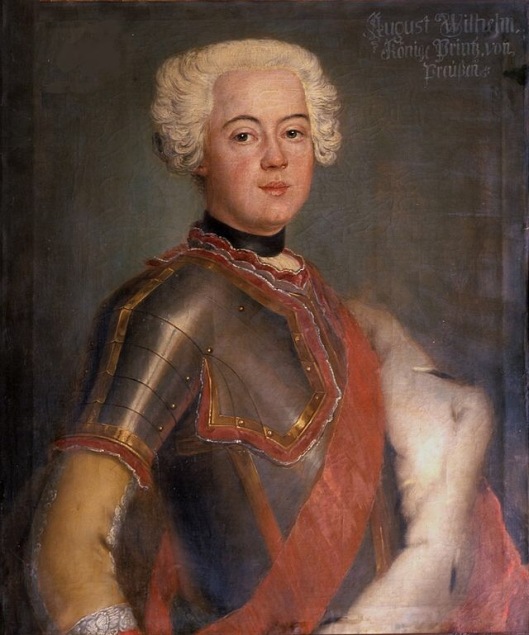
August-Wilhelm of Prussia
There were many family connections between the Brunswick-Lüneburg and Saxe-Coburg-Saafeld (Gotha) families as well as the Danish Royal family through two of Ludwig-Ernst’s sisters, Sophie Antoinette and Juliana Maria.
Sophie Antoinette of Brunswick-Wolfenbüttel was married to Ernst-Friedrich, Duke of Saxe-Coburg-Saalfeld and would they would have illustrious progeny. Their son, Franz, Duke of Saxe-Coburg-Saalfeld (later Saxe-Coburg-Gotha) was the father of Leopold I of Belgium and subsequently all the monarchs of Belgium up to today are descendants of Sophie Antoinette. Among Sophie Antoinette’s notable great-grandchildren were Prince Albert, Queen Victoria, Ferdinand II of Portugal, Empress Carlota of Mexico and Leopold II of Belgium. Through Prince Albert and Queen Victoria, Sophie Antoinette would not only be an ancestor of the present British Royal Family, but an ancestor of other occupants of European Thrones such as Spain, Denmark, Norway and Sweden.
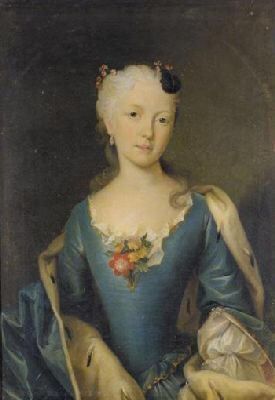
Sophie Antoinette of Brunswick-Wolfenbüttel
Juliana Maria of Brunswick-Wolfenbüttel married King Frederik V of Denmark in 1752. Juliana Maria was his second wife. Their only child was Frederik, Hereditary Prince of Denmark (1753-1806), and he married Duchess Sophia Frederica of Mecklenburg-Schwerin (1758–1794) a daughter of Duke Ludwig of Mecklenburg-Schwerin and Princess Charlotte Sophie of Saxe-Coburg-Saalfeld who was herself a daughter of Franz Josias, Duke of Saxe-Coburg-Saalfeld and Princess Anna Sophie of Schwarzburg-Rudolstadt.
Franz-Josias’s brother, was Ernst-Friedrich, Duke of Saxe-Coburg-Saalfeld, the husband of Sophie Antoinette of Brunswick-Wolfenbüttel. Julians Maria was the grandaunt of King Leopold I of Belgium and great-grandaunt of King Leopold II of Belgium, Empress Carlota of Mexico, Queen Victoria of the United Kingdom and her consort Prince Albert. Frederik Hereditary Prince of Denmark and Duchess Sophia Frederica of Mecklenburg-Schwerin were the parents of future King Christian VIII.

Juliana Maria of Brunswick-Wolfenbüttel
A daughter of Frederik, Hereditary Prince of Denmark and Duchess Sophia Frederica of Mecklenburg-Schwerin was Princess Charlotte of Denmark (1789-1764) who married Prince Wilhelm of Hesse-Cassel and their daughter Louise of Hesse-Cassel (1817 – 1898) was married to King Christian IX of Denmark.
A brother of Princess Charlotte of Denmark, Friedrich Wilhelm (1820 – 1884), was head of the House of Hesse-Cassel. He married first Grand Duchess Alexandra Nikolaievna of Russia, a daughter of Nicholas I of Russia and Charlotte of Prussia, the great-granddaughter Ludwig-Ernst’s sister Louise of Brunswick-Wolfenbüttel and August-Wilhelm of Prussia. Friedrich Wilhelm of Hesse-Cassel’s second wife was Anna of Prussia, the youngest of the three children of Prince Charles of Prussia and Princess Marie of Saxe-Weimar-Eisenach.
Ludwig-Ernst’s brother Anthony Ulrich of Brunswick was married to Anna Leopoldovna, a Russian princess and niece of Empress Anna. Their son Ivan – Ludwig-Ernst’s nephew – was appointed Emperor Ivan VI of Russia on his birth, but was deposed only months later.
Nor was this all. Empress Maria Theresa of Austria was Ludwig-Ernst’s first cousin (their mothers, Elisabeth Christine and Antoinette Amalie of Brunswick-Lüneburg, were sisters). Wilhelmina of Prussia, Princess of Orange was his niece (her mother was Ludwig-Ernst’s sister Louise Amalie). In addition, Wilhelmina’s daughter Louise, married Charles Georg August, a grandson of Louis-Ernst’s own brother Charles. Later, in 1764, Ludwig-Ernst’s nephew Charles Wilhelm Ferdinand, Duke of Brunswick-Wolfenbüttel (son of his eldest brother) would marry Augusta, eldest sister of George III of Great Britain….as demonstrated in a recent blog post. Rarely were royal houses so interrelated other as in his case.









